Slab Gate Valve -> API Slab Gate Valve Slab gate valves are usually used for the oil & gas pipe-lines. Double block and bleed capability and automatic relief of excess body pressure are standard feature of this seat design. Slab Gate valve design minimizes and eases the maintenance allowing for the service operations to be done without the removal of the valve from the line. Features of API Slab Gate Valves: Applicable standards of API Slab Gate Valves: Â
SAFETY
One of the most important features of synthetic winch lines is the safety benefits they provide. Synthetic lines do not store energy while under load and are very lightweight. This means that if something should go wrong and the rope breaks, it will harmlessly fall to the ground. Steel wire rope on the other hand, stores a tremendous amount of energy under load, and in the case of breakage, will violently snap back and whiplash. This can cause serious injury to people involved in the winching procedure.
Synthetic winch lines don`t have any wire splinters or burrs like steel wire ropes commonly do, so there is no chance of getting a surprise hand injury while handling a synthetic line.
Kinetic Recovery Rope,4X4 Winch Cable,Jeep Recovery Rope,Dyneema Winch Rope Shanghai Uwin Automotive Product Co.,Ltd , https://www.uwinoffroad.com
Slab gate valve are manufactured with a full bore, slab gate, rising stem OS&Y and floating seats. Slab gate is a simple solid gate design, featuring metal-to-metal seal between gate and seats, to apply for the most severe service condition, including corrosive and abrasive fluid environments. A floating seat is designed to match the slab gate. A belleville spring and O-ring between each seat and body ensure a tight seal against the slab gate. The floating slab gate uses the natural force of line pressure to obtain a dynamically tight downstream seal in high-pressure differential applications. Low-pressure sealing is accomplished with an o-ring that energizes the seat and minimizes corrosion and debris build up. Common trims are available.
Floating slab gate
Spring/pressure loaded seat ring with relief valve
Bubble tight shut off at high and low pressureÂ
Bi-directional operations
Double Block and Bleed performance availableÂ
Seat faces protected from erosion by flowÂ
Position indicator
Top entry assembly for on-line maintenance
Various actuation (Electric, Pneumatic and Hydraulic actuators)
a) Design & Manufacture: API 600, API 6D, BS 1414
b) Face to Face: API 6D, ASME B16.10, EN 558
c) Connection End: ASME B16.5, ASME B16.25, EN 1092, EN 12627, JIS B2220
d) Test : API 598, API 6D, EN 12266
Sizes: 2" - 48" or DN50 - DN1200
Pressure Rating: Class 150 - Class 2500 or PN 16 - PN 420 Â Â Â Â
Valve Materials: WCB, LCB, WC6, WC9, C12, C5, CF8, CF8M, Duplex Stainless Steels, etc.Â
Operated by: Handwheel, Gear, Pneumatic, Hydraulic and Electric actuator
Products Performance Specification
Pressure
Test pressure at constant temperature
Applicable
temperatureApplicable medium
The shell
The left
The right
Air low
pressureOrdinary
Anti-sulfur
Lb
Class
grade150
3.0
2.2
2.2
0.6
Â
Â
-29~121°C
Or upon the
User requirementÂ
Â
Petroleum
Natural
Gas, water
non-corrosive
mediaPetroleum
Natural gas
Water
etc, containing
H2S, CO2
Corrosive
media
300
7.5
5.5
5.5
0.6
400
9.6
7.04
Â
0.6
600
15
11
11
0.6
900
22.5
17.5
17.5
0.6
1500
37.5
27.5
27.5
0.6
2500
63
46.2
46.2
0.6
 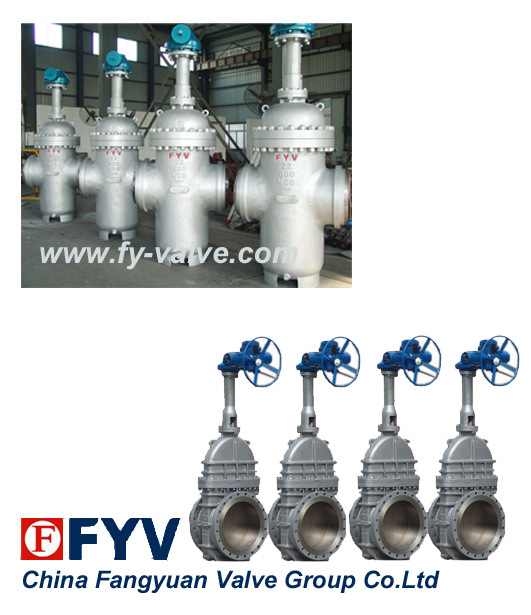
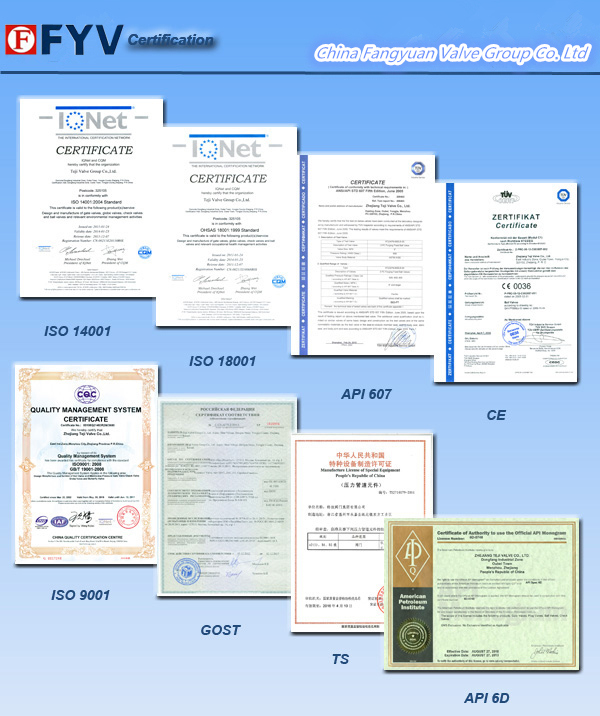
Â
Â
Fangyuan Valve Group has a series of quality control system.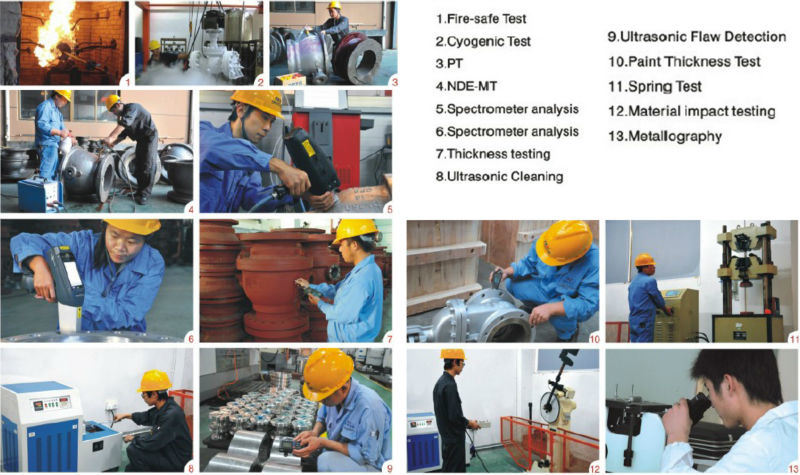

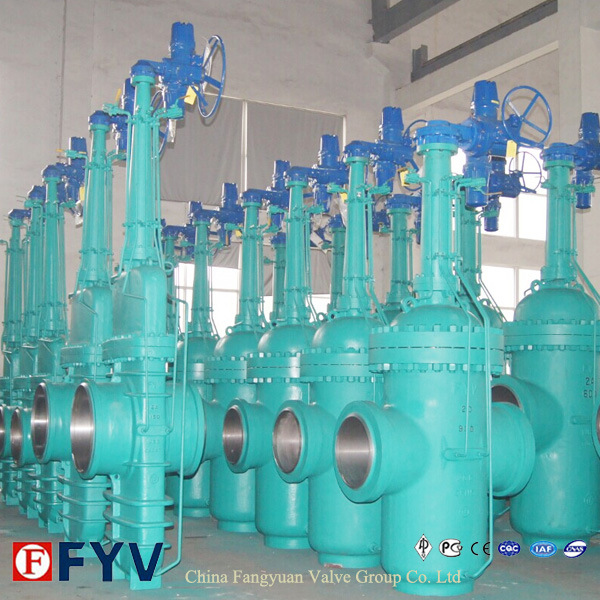
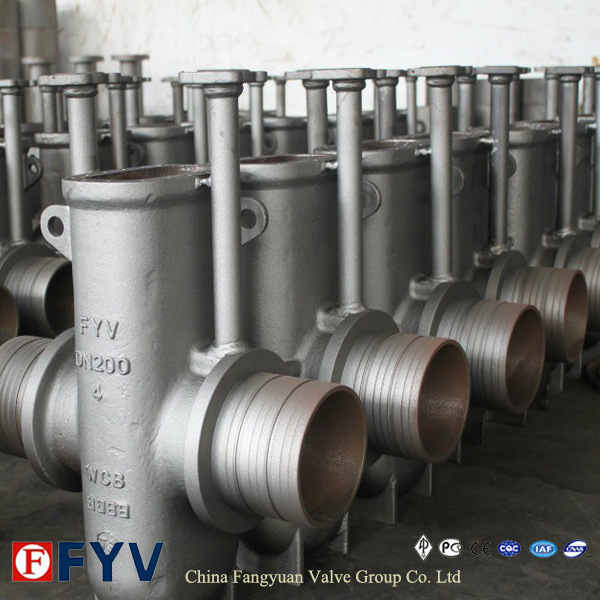
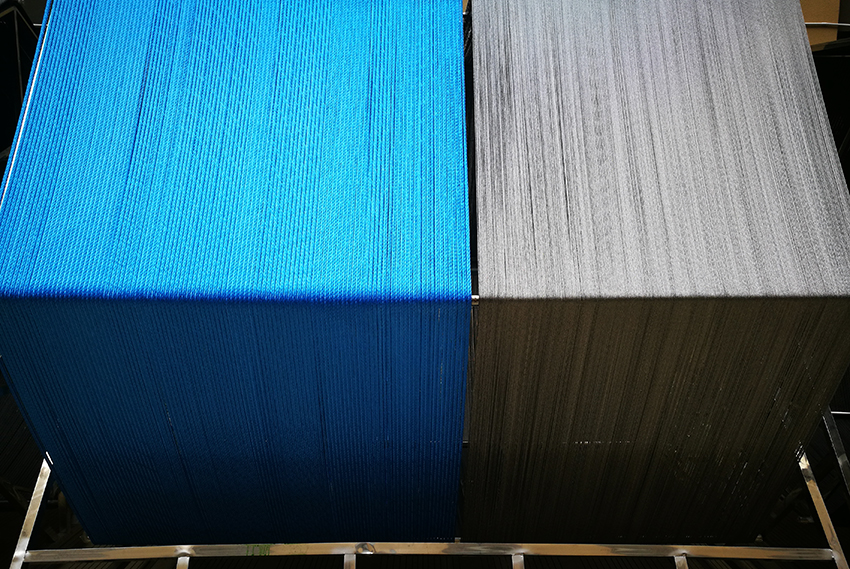
STRENGTH
Synthetic winch lines have breaking strengths 30-90% higher than steel wire rope. This is a tremendous increase and allows for smaller diameter winch lines to be used when switching to synthetic, therefore increasing the amount of line that can be installed on the winch.
WEIGHT
Synthetic winch lines are up to 80% lighter than steel wire rope. Aside from the safety benefits mentioned above, this offers some obvious advantages. On a typical recreational off road vehicle, switching to a Synthetic Winch Line and an Aluminum Hawse Fairlead will shave up to 30 pounds of weight from the front of the vehicle. Rigging vehicle extractions is also much easier, especially in loose, hilly terrain. Synthetic winch lines are so light, they even float.
High Pressure Flat Plate Gate Valve
Model NO.: fyz43
Thread Position of Valve Rod: Outside Gate Valve
Usage: Regulation
Standard: ANSI
Application: Industrial Usage, Water Industrial Usage, Household Usage
Size: 1′′-48′′
Class: 150lbs-2500lb
Body Material: CF8,Wcb, Wcc, Lcb, CF8, CF8m, CF3, CF3m, Cn7m, CF8
Design: Can Produce as Your Requirements
Trademark: FYV
Transport Package: Plastic+Wooden Box
Specification: API/ISO/CE/GB
Origin: Wenzhou, Zhejiang, China
HS Code: 8481804090
